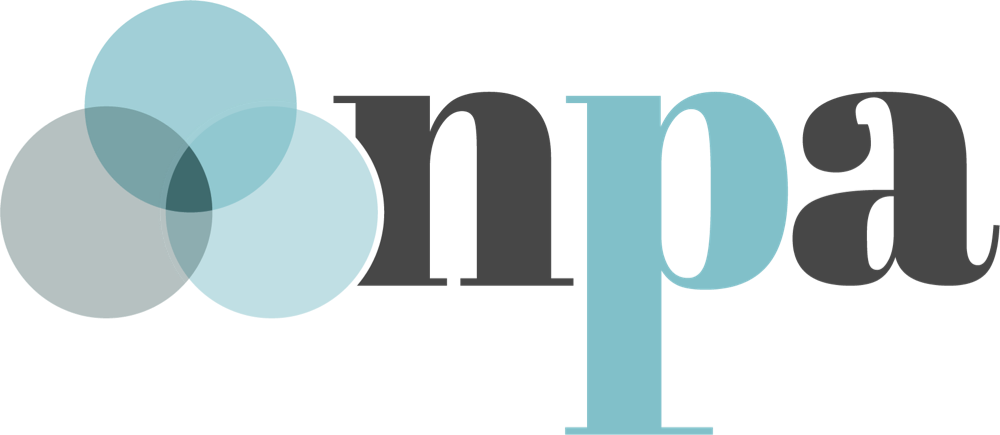How to sunset a product
Making space for new development by sunsetting products that no longer serve user needs
Presented by Elite Truong
INTRODUCTION
Sunsetting a product means to wind down support for something that exists now, potentially making space to develop new products or features to better serve your users’ needs. In a healthy product organization, there is a continuous cycle of research, development, support, maintenance, optimization and sunsetting that impacts the success of features, processes or products. As product owners, we must keep our organizational goals and our audience in mind throughout this cycle. If goals and prioritization change over time, so should our product portfolio and processes.
The best way to approach sunsetting product components or entire products is from an organizational mindset of abundance. This mindset suggests that as we move away from a product or feature that no longer meets our needs, we trust that we will get that space and time back to pursue product development that meets a greater need.
In this approach, stakeholder trust and product opportunity should align before the product team pursues development. Sunsetting requires trust with different teams across the organization who use and depend on the products for their work. While it’s easier to work in an environment where trust already exists, it is possible to cultivate trust within your organization by following the product practices below.
IN PRACTICE
Use the tips and concepts in this section to cultivate a product culture in your newsroom
Measure product use and usefulness
Are your current products and processes meeting user needs? You won’t know unless you regularly measure the success of your products by use and usefulness through existing quantitative metrics and qualitative methods, like user surveys and stakeholder interviews.
For example, if you manage an internal newsletter product and are looking at the vendor renewal contract, is there an opportunity to update the product if anything has changed about the editorial strategy or process that the vendor no longer serves? Review the products in your portfolio regularly against available information about their performance to make decisions about where they fall in the product lifecycle, i.e. development, maintenance, sunsetting.
Understand organizational goals and research new product opportunities
What’s most important to your organization in the coming year? If reaching a more diverse audience across all content is an organizational priority, you may need to explore, elevate, and prioritize diversity initiatives as a new product opportunity relative to other existing product upgrades. As resources are often limited, sunsetting an existing product that no longer serves your organization’s goals can make space for new development that is in alignment with your goals.
Decide on the product opportunity and alternative ways to meet deprioritized need(s)
Product opportunity can co-exist with product friction. Let’s say there is an opportunity for your editorial teams to reach and engage a more diverse audience through newsletters, but they avoid launching new newsletters because the current process is so onerous. Imagine also that as the newsletter product owner, you have both leadership buy-in to invest in newsletters and metrics that demonstrate the difficulties that editors face when using the current newsletter product. To decide what to prioritize and what to sunset, you might ask:
What are all the dependencies on the existing newsletter workflow?
What do we know about the needs of our newsletter production colleagues and readers?
How can we improve the experience of our user groups?
Compose communication plan to stakeholders on both sunset and alternative uses
There will usually be a small but strong contingent of users who care about the specific product or product feature that will be sunset. Make a list of internal and external users who will need to know about the upcoming changes to your product. It can be useful to work with a peer editor who works on the production side of your products to prepare concise and helpful communication on all relevant channels. A series of internal sunsetting communications might suggest alternative workflows ahead of sunsetting the product, review timeline right before the sunset deadline, and help identify anything you’ve overlooked in this process directly afterwards.
TERMS
Definitions for product terms referenced in this guide are sourced from NPA’s crowd-sourced product glossary
Product portfolio
An overview of products in an organization that lists each product, defines product type and ownership, and tracks product status or lifecycle. A newsroom product portfolio might include categories like newsletters, podcasts, and membership programs.
Prioritization
A process of deciding the importance or urgency of a task relative to others. Teams do this in many ways. The stakeholder team at Chemical & Engineering News uses fruit emoji (apple, tangerine, lemon) in Slack to prioritize incoming product requests.
User needs
The objectives a product must satisfy in order for the user to reach their desired outcome.
RELATED READINGS / RESOURCES
Internal communication for product launch - Announce Kit
Measuring product usefulness - Measuring U
Product Opportunity Assessment - Aniket Ambekar
ABOUT THE AUTHOR
Elite Truong
Elite (e-light) Truong is the Vice President of Product Strategy at American Press Institute, where she manages data products that help local newsrooms make strategic decisions, including Source Matters and Metrics for News. Formerly, she was the Director of Strategic Initiatives at The Washington Post, where she led the newsroom R&D team to create projects and products driven by emerging technologies, including machine learning, artificial intelligence and 3-D and augmented reality. Before joining The Post, Truong spent four years at Vox Media, three as the product manager for off-platform storytelling.
Truong has also been an adjunct professor at the University of Maryland, where she created and taught an entrepreneurship class for journalism students, which covered product development and project management basics for enterprise media projects, negotiation, pitching and public speaking skills.



